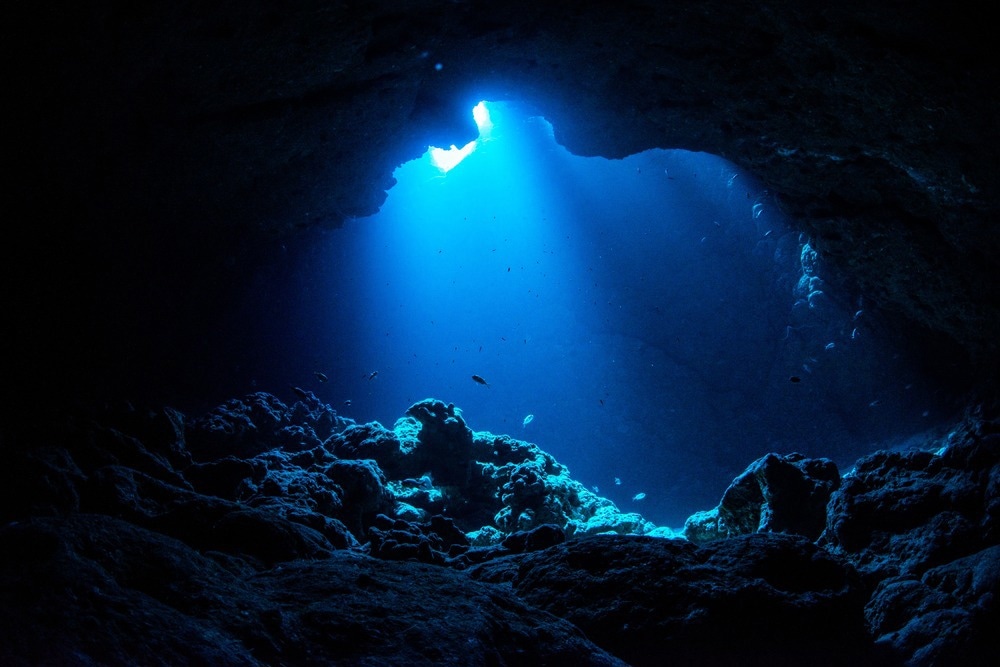A recent study carried out by the University of Vienna, in which the Institut de Ciències del Mar (ICM-CSIC) participated, discloses that fishes living in the dark part of the oceans (primarily below 200 m depth in the water column) will likely decrease in size as the climate warms, potentially having significant ecological impacts.

Image Credit: divedog/Shutterstock.com
The findings of this study were published in the Proceedings of the Royal Society B. The researchers gathered fish otoliths—small stones in the inner ear of bony fishes that aid in sound and balance perception—from sedimentary formations dated 800–700 thousand years ago from the island of Rhodes in the Aegean Sea and evaluated them to detect changes in fish body size during glacial and interglacial periods.
The morphology of these structures is specific to each fish species and their size directly reflects the size of the fish individual they come from, which enables investigators to pinpoint them to reconstruct past fish faunas.
Thanks to the otolith analysis we have found that fishes during the interglacial period were smaller in size by 35%, when the global temperature had increased by 4 °C, which could happen again nowadays due to the ocean warming.
Konstantina Agiadi, Study Leading Author, University of Vienna
Small Fishes, Big Impacts
The research, one of the few to investigate the effects of climate change on the deepest part of the oceans, the mesopelagic zone (200–1000 m depth), concentrated on changes in “lanternfishes,” a group of small mesopelagic fishes known for their ability to produce their own light.
Knowing the response of these organisms to ocean warming is key, since they contribute to ecosystem stability, reduce atmospheric carbon dioxide, and are a huge food resource for other organisms in the marine food web, these fish make up more than half the fish biomass in the deep sea, and about 100 times more than the total global annual fishery catches.
Marta Coll, Researcher and Study Co-Author, Institut de Ciències del Mar
Lanternfishes have recently become substantial contributors to the biological carbon pump, a natural process for lowering atmospheric CO2 (CO2). Initially, photosynthesis allows phytoplanktonic organisms to absorb CO2 from the atmosphere.
Later, every night, lanternfishes migrate hundreds of meters to the ocean’s surface and return to the mesopelagic zone, transporting massive amounts of carbon from the surface to the deep ocean.
Journal Reference:
Agiadi, K., et al. (2023) Palaeontological evidence for community-level decrease in mesopelagic fish size during Pleistocene climate warming in the eastern Mediterranean. Proceedings of the Royal Society B. doi.org/10.1098/rspb.2022.1994.